From Eta to Stockholm: Is terror more of a threat to Europe than before?
- Published
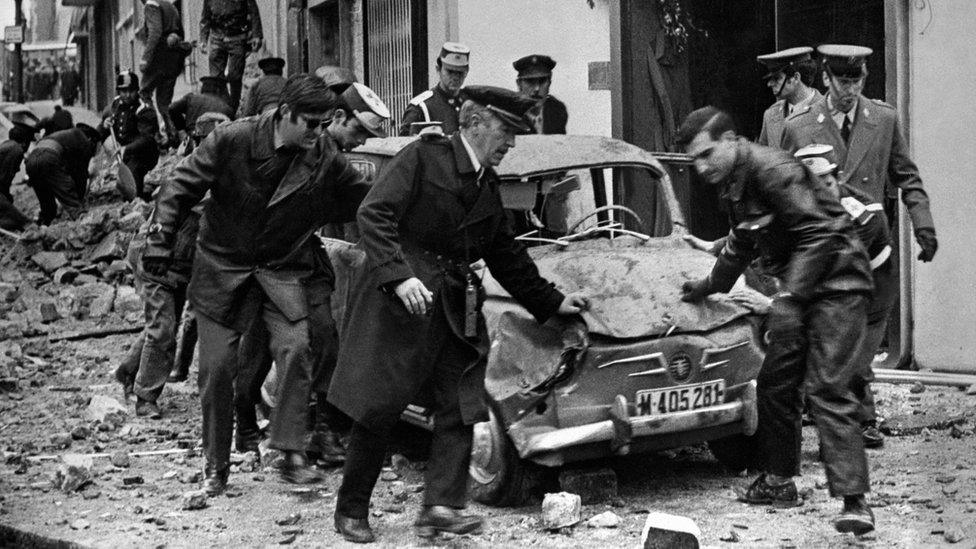
The heyday of Eta and other European left-wing militants was the 1970s
Since the mid-2000s, jihadist attacks have focused attention on the vulnerability of civilians in West European cities.
But if going about your daily business has become a game of chance for many, what are the odds of becoming a victim? And have those odds increased or decreased over time?
Terror acts in Western Europe have undoubtedly become deadlier.
Since World War Two, the three worst attacks on land - excluding those targeting planes, such the 1988 Lockerbie bombing - have taken place in the past 16 years. These are:
The 2004 Madrid train bombing (191 killed, more than 2,000 injured)
The November 2015 Paris attacks (130 killed, 360 injured)
The July 2016 Nice truck attacks (86 killed; 460 injured)
The pattern until 2000 had been a high number of incidents with small death tolls.
Eta, the Basque separatist group that is now handing in its weapons, killed more than 800 people in 3,300 attacks over 40 years - an average of just one death for every four attacks.
But although the number of high-fatality attacks has dramatically gone up, annual deaths from terrorism have decreased just as dramatically.

In the 1970s and 1980s the figure averaged more than 150. Since 1990, it has been about 50, although attacks in Paris and Brussels have led to a sharp spike for 2015 and 2016.
The word "terrorism" has no universally accepted definition. The Global Terrorism Database, external uses three criteria. To label an act as "terror" it must:
have political, social or religious motivations
be designed to send a message to a larger audience beyond the immediate victims
lie outside internationally recognised warfare activities
One may debate whether any particular attack meets all three criteria, but the broad trend is clear: the chance of a European of being killed by militants has fallen sharply over the past four decades.
Throughout the Troubles in Northern Ireland, the annual risk for civilians was about one in 25,000. In France in 2015 - a particularly bloody year in that country - it was one in 400,000.
In 2001, the year of the deadliest attack in the US, the likelihood of being killed by a militant in America was less than one in 100,000.
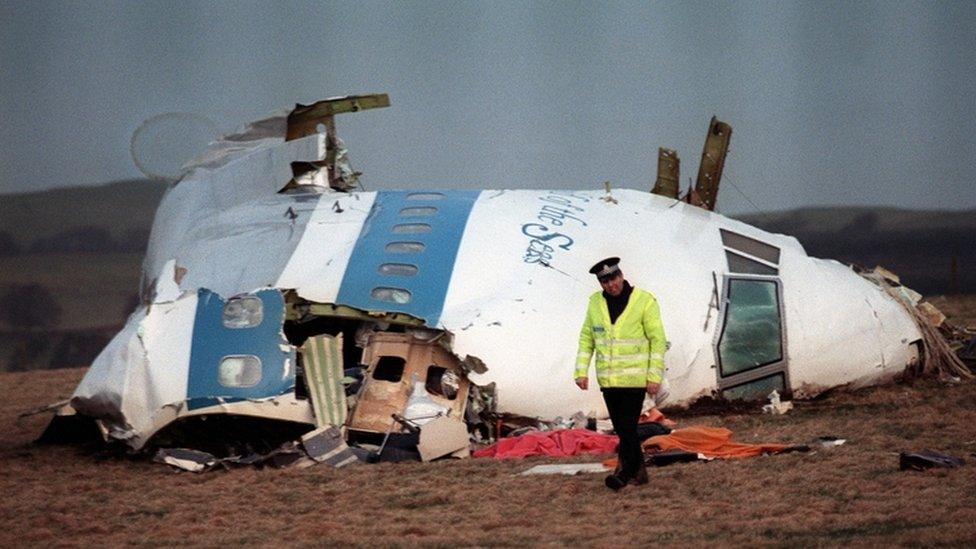
The 1988 destruction of a jet over Lockerbie, Scotland, remains Europe's deadliest-ever terror attack
Those statistics, of course, do not tell the whole story. There are notable differences between the terrorists of today and those of previous generations.
In the 1970s, militants were motivated by ideology - usually a radical form of Marxism. They focused on official targets or high-profile figures embodying capitalism.
The main groups - such as Eta, France's Action Directe, external, Germany's Baader-Meinhof gang, external, or Italy's Red Brigades, external - had forged links and were sponsored by a superpower, the Soviet Union.
None of this applies in today's world, where bitter jihadist rivals are vying for leadership in a holy war through mass carnage.
But in terms of raw numbers, the terror threat hanging over Europeans today is no greater than the one their parents faced.
- Published7 April 2017
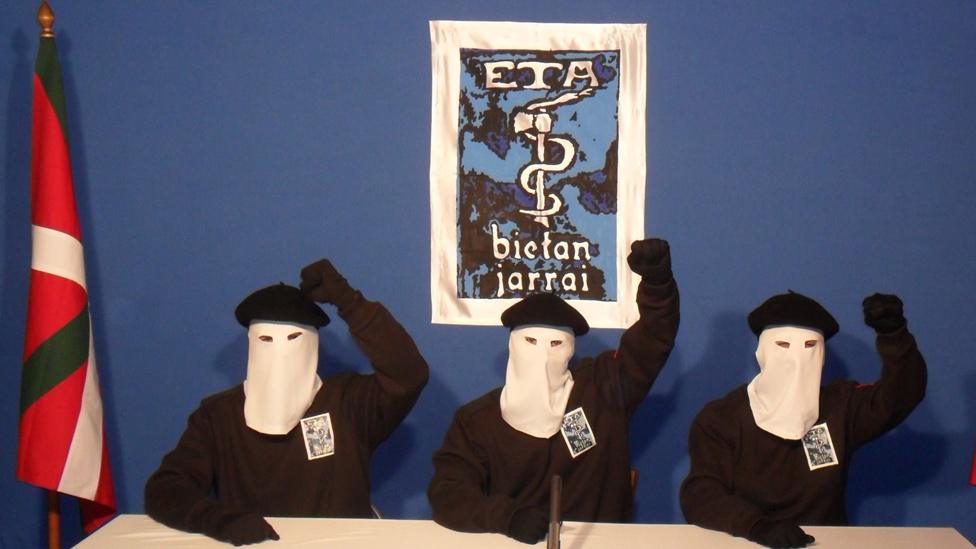
- Published16 May 2019
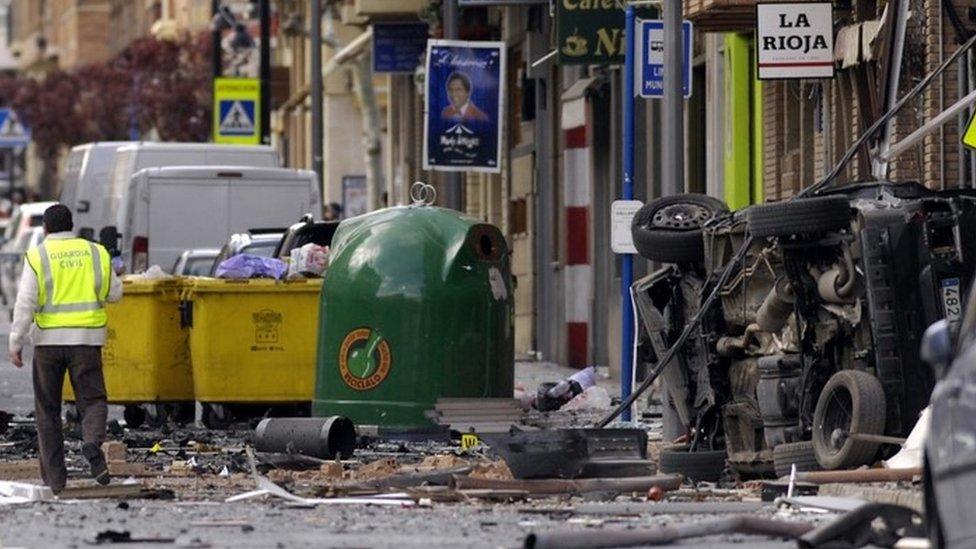
- Published17 March 2017

- Published8 April 2017
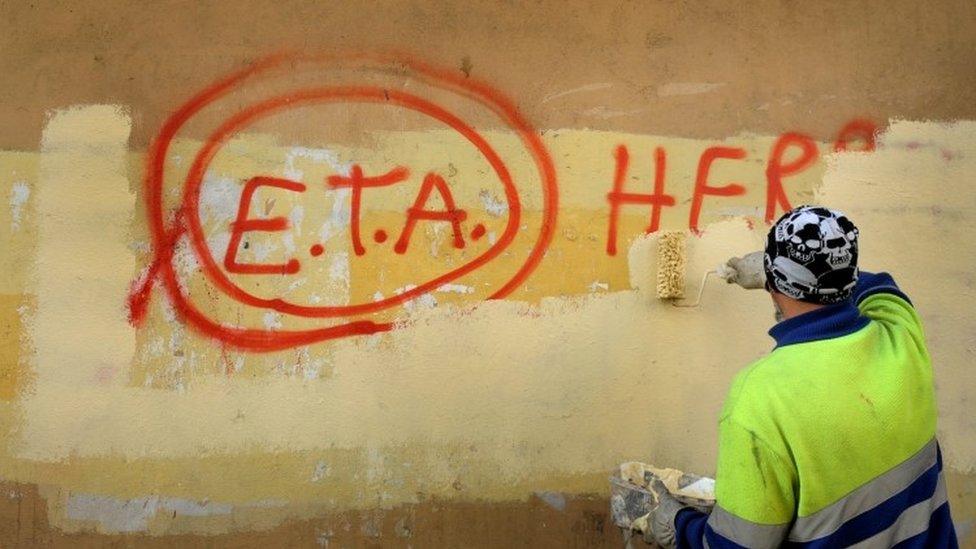
- Published17 December 2016
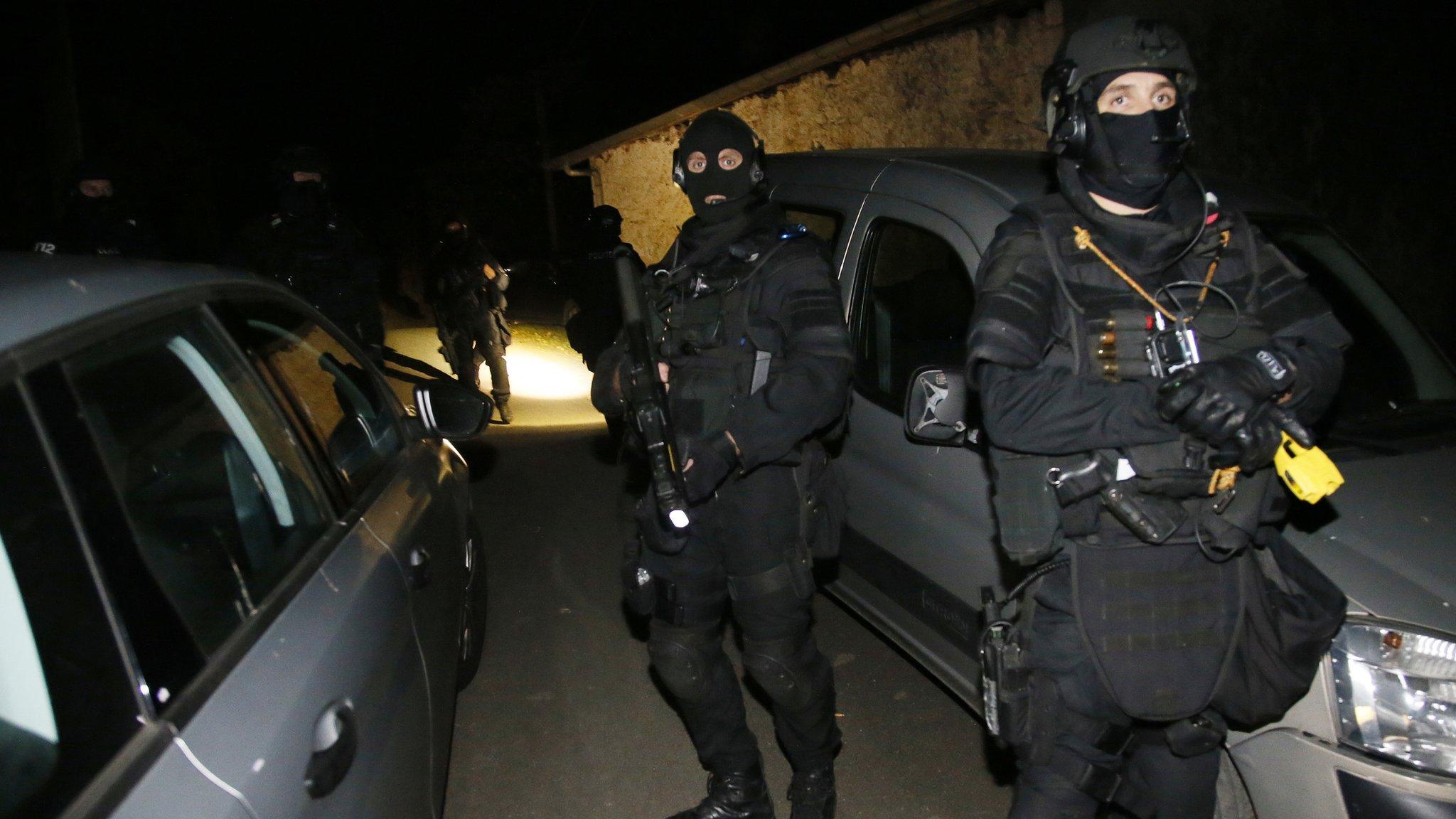
- Published21 February 2014

- Published6 September 2010